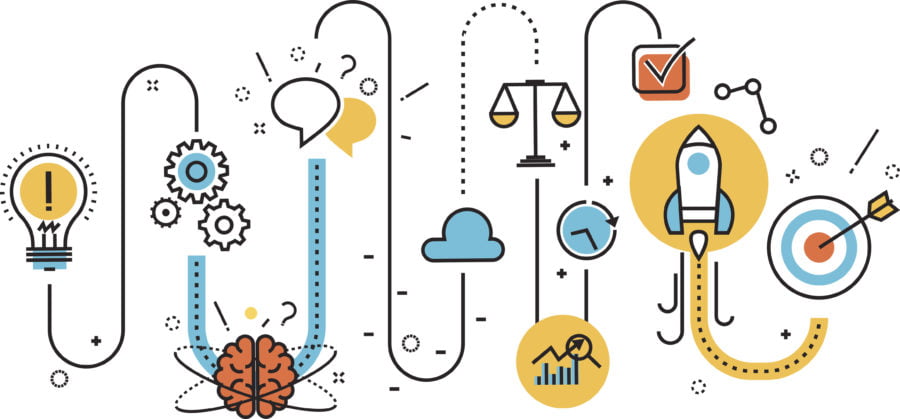Written by Jennifer Lim and Irene Ng | Edited by Josh Lee
Authors’ Note: This article is a follow-up to LawTech.Asia’s earlier article on remote working, which can be found here.
Introduction
The recent global pandemic centering around Covid-19 has foisted large-scale digitalisation upon the legal industry. It has pressed firms, courts and clients to adopt remote working, practically forcing all lawyers to virtually turn “in-house” (pardon the pun) overnight as law firms react to government regulations by implementing “work-from-home” measures.
The legal industry should not shy away from embracing technology, and should in fact use this as an opportunity to rethink its models for operating and delivering services.. In this regard, the Singapore Courts have taken digital transformation in their stride, enabling hearings, pre-trial conferences, and even commissioning to be conducted via video-conferencing. Courts in the region, such as Malaysia and Australia, have also adopted similar modes of digital transformation and formulated their own Standard Operating Procedures and handbooks.
As a follow-up to LawTech.Asia’s earlier article on remote working (which focused on business continuity plans for law firms in general), this article seeks to focus on introducing practical strategies to optimise one’s use of video-conferencing tools. This article first examines strategies for optimising our workflow in the context of video-conferencing, before doing a comparison of certain common technologies.





